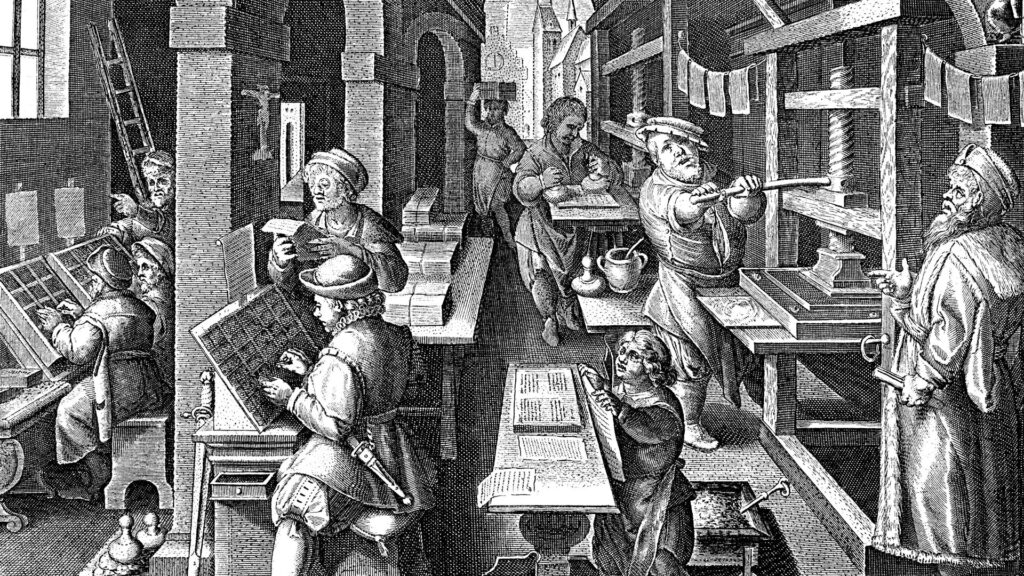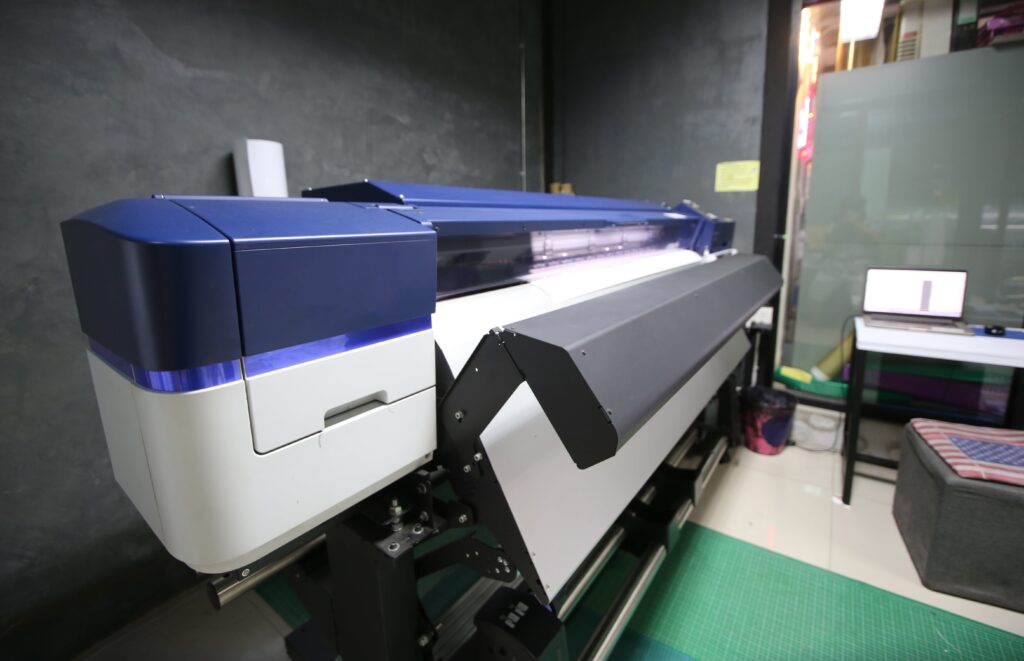Printing is a means of reproducing text and images using a printing press or similar technology. It has been a significant part of human history, allowing for written materials to be disseminated and preserved. Johannes Gutenberg’s invention of the movable type printing press revolutionized the industry in the 15th century. Prior to his invention, printing was a laborious process that required hand printing. Gutenberg’s press allowed for mass production of books and other printed materials, changing the way information was disseminated. This invention had enormous significance as it transformed the way people obtained and shared knowledge. As a result, the printing press laid the foundation for modern communication and literacy. This article will explore the evolution of printing from hand-printing to Gutenberg’s printing press, the various printing techniques that have emerged over the centuries, the impact of printing on human culture, and the contemporary printing industry.

The Gutenberg Printing Press
Johannes Gutenberg’s invention of the printing press revolutionized the way books were produced and distributed. His use of movable type allowed for faster and more efficient printing than the previous method of hand-copying books. This innovation led to mass production of affordable reading material which had a significant impact on European society, providing access to knowledge for the masses.
The Gutenberg printing press used metal movable type, a significant advancement from the previous method of carving entire pages onto a block of wood. This allowed for the reuse of type, reducing the cost of printing. With the help of a financial backer, Gutenberg was able to produce his first printed book, the Gutenberg Bible, in 1455.
The impact of this invention on the printing industry and society as a whole cannot be overstated. Printed materials became more widely available and affordable, helping to spread education and knowledge beyond the aristocracy. The Gutenberg printing press paved the way for advancements in printing technology during the Renaissance period and beyond, leading to the development of rotary printing and offset printing.

Industrial Revolution and Mass Production
The Industrial Revolution brought about significant changes in the printing industry, including the introduction of steam-powered printing presses. With advanced technology, printing innovations quickly developed and resulted in mass production techniques that brought about an increase in the volume and speed of production.
In the 19th century, the printing industry played a crucial role in the economic development of many countries, with printing shops emerging as key players in the business community. As mass production continued to evolve, the industry grew rapidly and became an integral part of industrialization.
During the 20th century, the printing industry saw further advancements, with the development of the offset printing method, which became the most widely used technique. This led to a significant increase in the demand for printing services and made it possible for companies to produce a diverse range of printed materials quickly and at a lower cost.
Rise of Digital Printing
In the early 1990s, digital printing technology started gaining popularity, and since then, it has transformed the printing industry significantly. With the introduction of inkjet and laser printers, digital printing became a viable alternative to traditional printing methods, offering numerous advantages for businesses.
One of the significant benefits of digital printing is faster turnarounds, as printing plates aren’t required, reducing the setup time. Additionally, variable data printing is possible, allowing for personalization capabilities, such as individualized names and addresses on marketing materials. This feature has revolutionized the marketing industry, allowing for targeted marketing campaigns that produce higher conversion rates.
Moreover, digital printing makes it cost-effective for companies to print smaller quantities of materials without compromising quality. For instance, businesses can leverage on-demand printing that eliminates the need for large print runs, which can lead to wastage and increased costs.
As a result of these advantages, the digital printing industry has witnessed tremendous growth in the last few decades. The industry has continued to expand its capabilities, including the ability to print on a vast array of materials and surfaces. Digital printing has revolutionized the printing industry, and its technological advancements are expected to continue to reshape how businesses create and produce printed materials.

Modern Day Print Shops
Modern-day print shops have evolved significantly from the early days of printing to offer a range of services that cater to different printing needs. These print shops provide a variety of services, including commercial printing, digital printing, screen printing, offset printing, and large format printing. They use modern technology such as high-speed printers, digital presses, and state-of-the-art equipment to produce high-quality print materials.
Furthermore, modern print shops have integrated digital and traditional printing methods to offer more options for their customers. They use a blend of these printing processes to produce various materials such as business cards, flyers, banners, brochures, and other promotional items. These print shops use different materials such as paper, plastic, vinyl, fabric, and metal to produce unique print products that meet their clients’ needs.

Conclusion
In conclusion, the Gutenberg printing press revolutionized the history of printing and paved the way for mass production during the industrial revolution. Digital printing further transformed the industry, offering faster and more cost-effective printing methods. With the rise of new technologies such as 3D printing and advancements in digital printing, the future of printing technology looks promising. These advancements have the potential to impact society greatly, from the production of prosthetics and other medical devices to the creation of sustainable materials. As the printing industry continues to evolve, it will be interesting to see how these new technologies and methods shape the future of printing.
